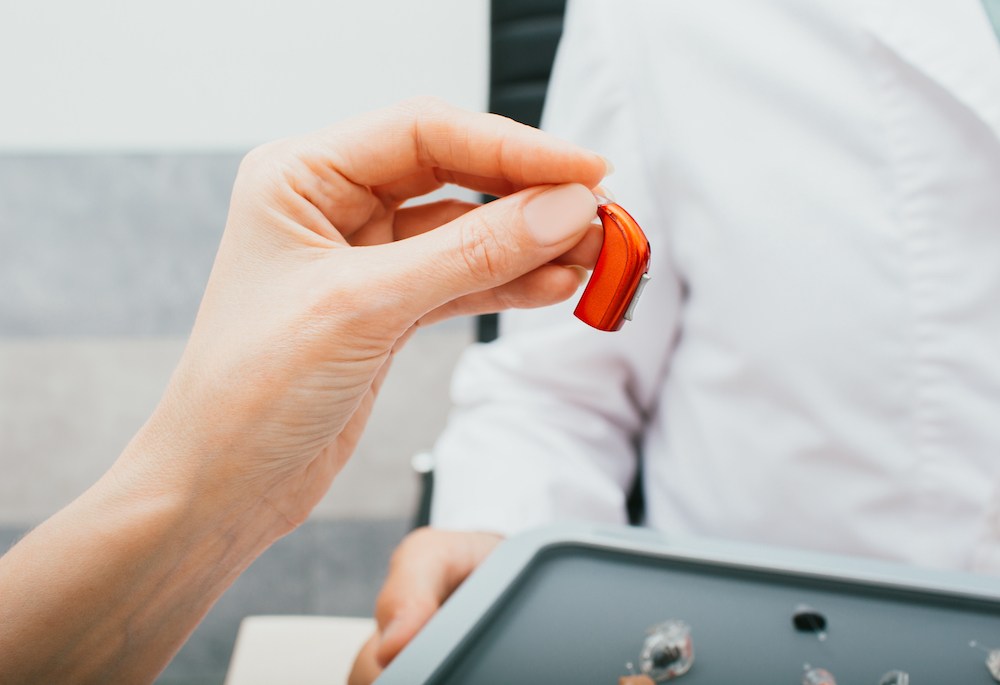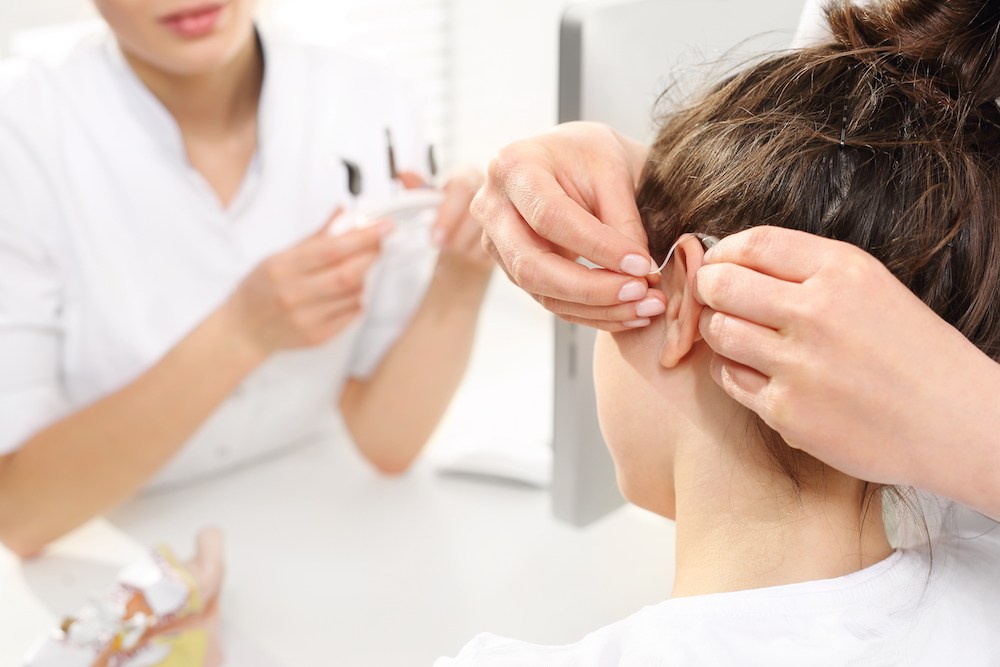Preparing Your Hearing Aids for Winter
Winter weather can create unique challenges for your hearing aids, and


Winter weather can create unique challenges for your hearing aids, and

Warmer weather brings countless opportunities for outdoor fun, but many of

When a child can’t hear properly, they miss more than just sounds